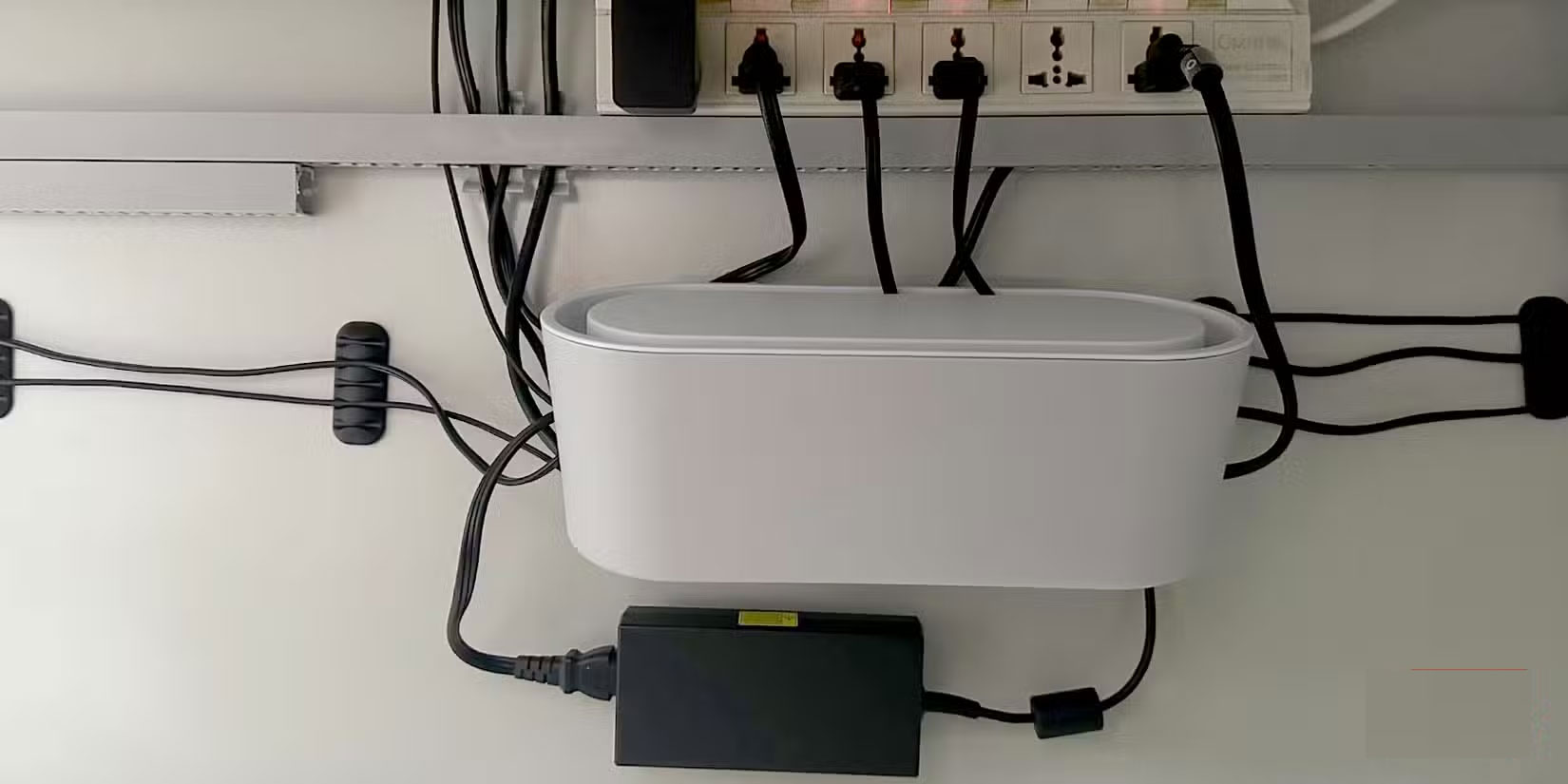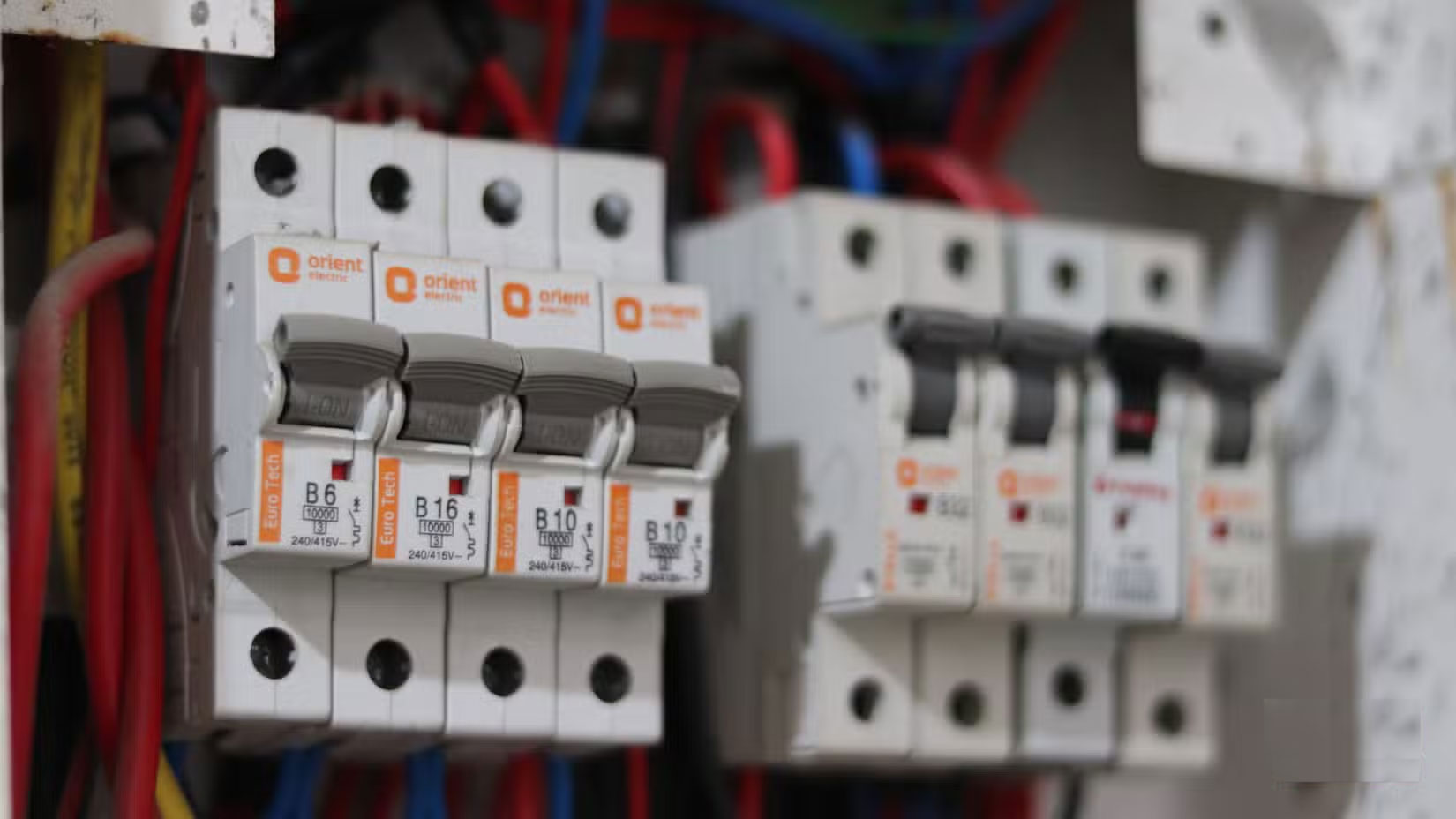5 Surprising Facts About Powerline Adapters
Using your home's electrical wiring to run a wired Internet connection can be a great way to get high-speed Internet without having to run cables across your floor. However, the speed and performance of a powerline adapter is affected by factors you can't see - and there are a lot of myths about powerline adapters that overshadow the benefits they offer.
5. The electrical system in the house is very important
Since powerline adapters rely entirely on your home's electrical wiring to carry your Internet signal, the age and quality of the wiring are the most important factors in determining their performance. Older wiring typically uses smaller gauge wire, typically 14 gauge, which is limited to 15 amps, compared to modern 12 gauge wire, which can carry up to 20 amps with less resistance.
Older wiring is also more susceptible to interference from nearby cables. This causes unnecessary electrical noise, which can significantly reduce the performance of the adapter.

4. You're not getting the advertised speeds
Just because an adapter is rated for gigabit speeds doesn't mean you'll get those speeds when browsing the Internet or downloading files. These speeds are theoretical maximums that have been tested under ideal lab conditions and represent powerline protocol data speeds, not Internet speeds. The Internet speeds you get will be significantly lower in real-world situations.
This isn't necessarily false advertising, but it can be misleading for customers looking to buy their first powerline adapter. Internet speeds can be confusing, and most routers and networking equipment advertise higher speeds that are only achievable under ideal conditions. So even though the box says you're getting gigabit Internet, the actual speeds are much slower.
3. Surge protectors can damage connections
Make sure to always plug powerline adapters directly into a wall outlet. Plugging them into a surge protector, power strip, or extender can significantly reduce their performance.

In addition to adding length to your connection, surge protectors and filtered power outlets filter out electrical noise to protect your devices from voltage fluctuations. However, this also reduces the performance of powerline adapters because they use the same frequency bands that transmit data that are filtered by these devices.
2. Adapters should share the same circuit breaker.
Another small thing to note is that all powerline adapters should be connected to the same circuit breaker whenever possible. Powerlines can operate on different circuit breakers, but performance will vary significantly.
Households typically use split-phase electrical systems, which consist of two 'legs' or 'phases' of electricity. Each breaker is connected to either line 1 or line 2, and communication between these lines must go through a switchboard. In such cases, if you have a pair of powerline adapters across the circuit breakers, it can introduce unwanted resistance and noise, reducing efficiency.

1. Keep the connection short distance
Last but not least, it's important to keep the distance between powerline adapters as short as possible. Remember that the distance between two adapters is the length of cable that runs between the outlets that the adapter plugs into, and this distance is much larger than what you'll see when you measure the distance between those outlets.
The wires in your home rarely follow the straightest paths, going through walls, avoiding obstacles, and running back and forth between circuit breakers and electrical panels before reaching outlets and switches. So even though two outlets may be right next to each other, the cable distance between them can be several meters or more.
As the distance between two adapters increases, your data transfer slows down due to increased interference, and the resistance of the wire also increases. This relationship is not linear, and even small increases in cable length can significantly affect the performance of the adapter.
You should read it
- Things to know about Powerline Adapter
- How powerline adapters change your home internet
- How to fix the error of not seeing network adapter on Windows 10
- Choose to buy a replacement laptop adapter
- How to view Network Adapter details in Windows 10
- Microsoft executes the Wireless Adapter for Typing Covers accessory
 5 tips to choose the right cheap headphones
5 tips to choose the right cheap headphones How to make your own eGPU for laptop
How to make your own eGPU for laptop How to use USB to create NAS
How to use USB to create NAS 5 must-have features on budget headphones
5 must-have features on budget headphones Why do future laptops need USB-C ports on both sides?
Why do future laptops need USB-C ports on both sides? Don't buy a cheap laptop if it doesn't pass these tests!
Don't buy a cheap laptop if it doesn't pass these tests!